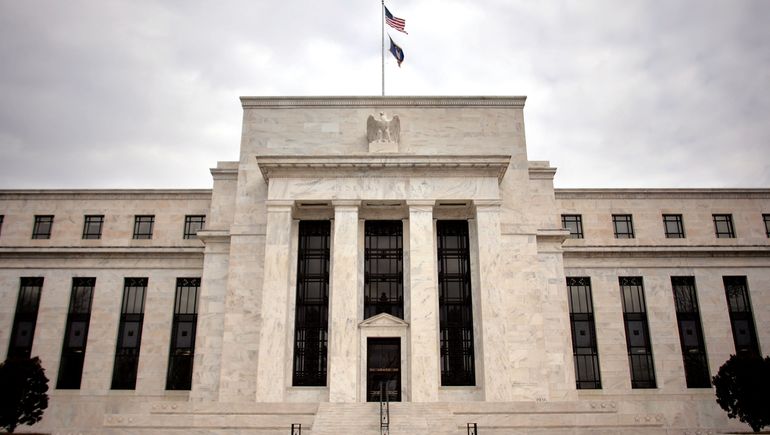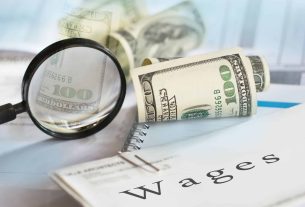Wall Street’s largest banks will be tested against hypothetical scenarios of a severe global recession with heightened stress in both commercial and residential real estate markets, the Federal Reserve said in its 2023 annual bank stress test Thursday.
Along with the usual adverse scenarios, the banks with large trading positions will be assessed against a global market shock component that would stress their trading positions. This component comprises risk factors reflecting market distress and uncertainty.
The stress test this year will also include a new “exploratory market shock to the trading books of the largest and most complex banks,” the release said. The extra market shock applied to the eight largest banks will not affect their capital requirement but will serve as a study to help the Fed decide future test scenarios and how they are conducted.
The scenarios run from the first quarter of 2023 to the same three-month span in 2026, and each includes 28 variables, similar to last year’s, the Fed said.
The severely adverse scenario shows the unemployment rate rising from 6.5% at the beginning of the fourth quarter of 2022 to its peak of 10% in the third quarter of 2024. Rising market volatility, widening corporate bond spreads, and a decline in commercial asset prices accompany the sharp decline in economic activity with a 38% and 40% plunge in house prices and commercial real estate prices, respectively.
The international space features recession in four countries or country blocs with heightened stress in advanced economies and appreciation of the value of the U.S. dollar against all the featured countries except for the Japanese yen, the release said.
The banks will start this year’s scenario with higher interest rates due to Fed’s monetary adjustments last year, giving them some measure of wiggle room during the testing period, according to American Banker.
Some other 2023 factors like potential spillover effects on corporate bonds and equity prices and inflation risks are less severe than on last year’s test since “these less severe changes reflect the moves in those markets over the course of 2022 and limits procyclicality in the scenario,” the release noted.
This year marks the first stress test under the Fed’s new vice chair for supervision, Michael Barr.
The annual Fed exercise to ensure that large banks can withstand severe recession and continue to lend to households and businesses was put in place after the 2008 financial crisis. The stress test also evaluates the banks’ resilience by estimating losses, net revenue, and capital levels that serve as a cushion against losses. Though the hypothetical scenarios stretch out to the next two years, they should not be interpreted as a prognosis of an economic downturn, the Fed noted.
Typically the central bank aims to put the banks through more difficult stress tests when the actual economic conditions are strong and less burdensome when the conditions are unsteady. This is because the Fed prefers to set aside more capital as a cushion during good times, which can be used more freely during stressful ones.
But banks and their advocates criticized the severity of last year’s stress test. JPMorgan Chase CEO Jamie Dimon went on to call the process “capricious” and “arbitrary.”
“We don’t agree with the stress test,” Dimon told analysts during the second-quarter earnings call last year. “It’s inconsistent. It’s not transparent. It’s too volatile.”



